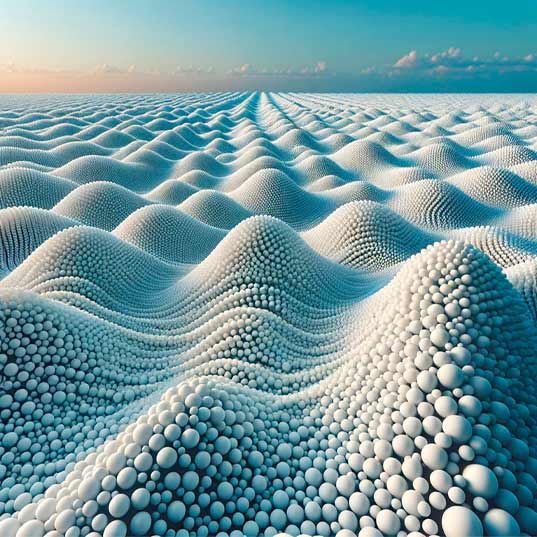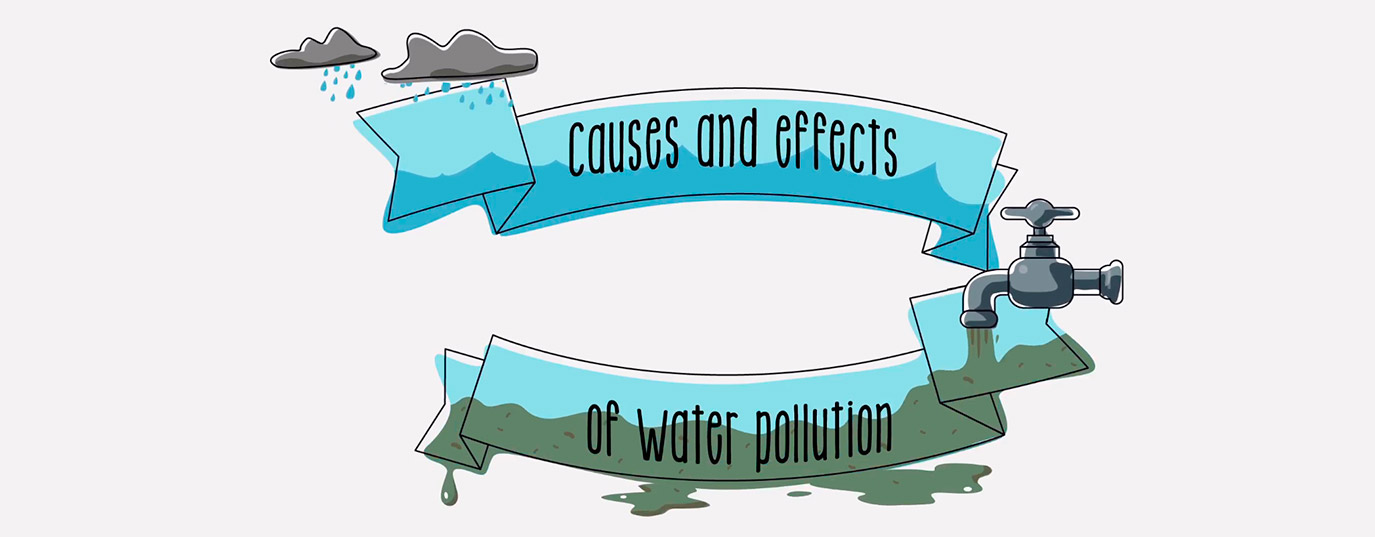Sea level rise: causes and consequences
The effects of sea level rise are already being felt, which highlights the fast deterioration our planet is suffering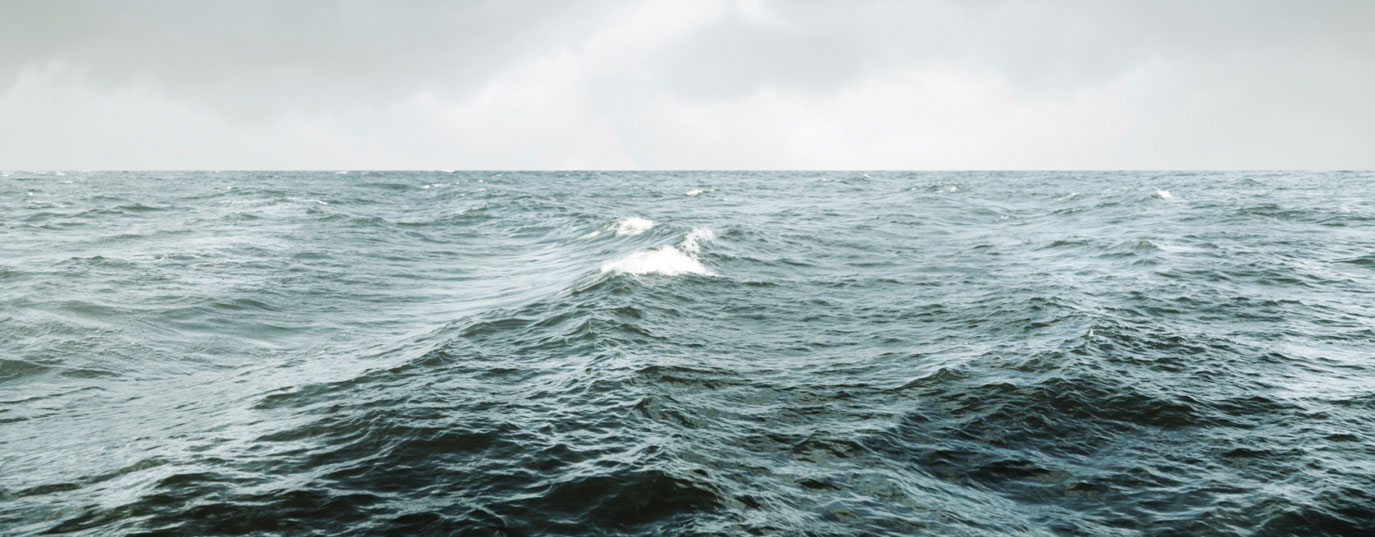
Is the planet in deep water? Metaphorically speaking, there may be disparate opinions: it is true that human action has caused havoc on the environment, in some cases with no possibility of turning back; but those who prefer to see the glass half full focus on the purpose of amendment and the progress made to reverse the situation.
However, we could assert that the planet is in deep water... or will be in the near future, as is clear from the latest announcement from NASA.
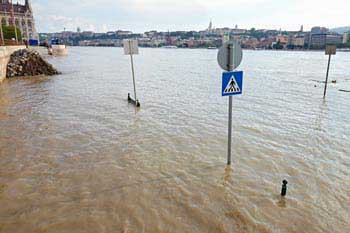
The US space agency released in August this year a study by his panel of scientists that reveals the alarming process of sea level rise: 8 centimeters in the last 23 years, no less. The most worrying aspect of this report, however, is not this increasing figure, but its foresight: "Sea level is rising faster than 50 years ago and is likely to worsen in the future." What does this mean? By the end of this century the water could have invaded almost a meter on the mainland (up to 0.9 meters is the United Nations forecast).
Sea level rise: main causes
To find the source of this threat it is necessary to focus on global warming caused by climate change, which causes sea level rise in three different ways:
The first is the thermal expansion: water, when heated by temperature rise, tends to expand, ie, oceans take up more space.
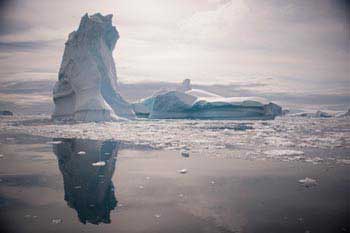
In addition, the melting of the iced territories of Greenland and West Antarctica accelerates global warming. This process is negatively influenced by freshwater seepage from the surface, which acts as a lubricant for the ice streams and helps them to slide faster. That is, fresh filtered water to the base of the ice sheets melt, weaken and slide them into the sea.
Finally, in a similar type of process, large formations of ice in glaciers and ice caps melt and won't then return to its original shape. Usually these gigantic frozen structures partially crumbled during the summer, but recovered its solid state when winter temperatures returned. Now, because of global warming, the snowfall is softer, winters delay and springs anticipate, so ice does not reattach in the same manner and amount.
Sea level rise: main consequences
The effects of sea level rise are already being felt, and the forecasts are not very hopeful. First, water is increasingly invading coastal areas, causing soil erosion and threatening farmland, housing or recreation areas. The flooding of wetlands and pollution of aquifers also occur, affecting the flora and fauna of each place, causing the loss of habitat for fish, birds, plants and many other species.
On the other hand, a higher sea level causes heavy rains and strong winds, unleashes severe storms and other big atmospheric phenomena that can be a real threat to places that might be on its way.
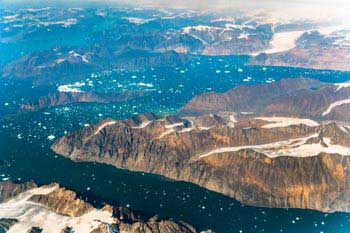
On the social aspect, the constant threat of sea level rise menaces hundreds of millions of people living in coastal communities. If water continues to rise, they will be forced to abandon their homes and move to another area, with the corresponding demographic problem. This is known as forced migration resulting from climate change.
Finally, low-lying islands would be swallowed by the oceans, leading to the disappearance of large land areas and even some countries.
Do you think we have time to stop the sea level rise? Tell us and participate in our poll.
Sources: Europa Press, National Geographic, The Climate Institute, Greenpeace and Ecologistas en Acción.



